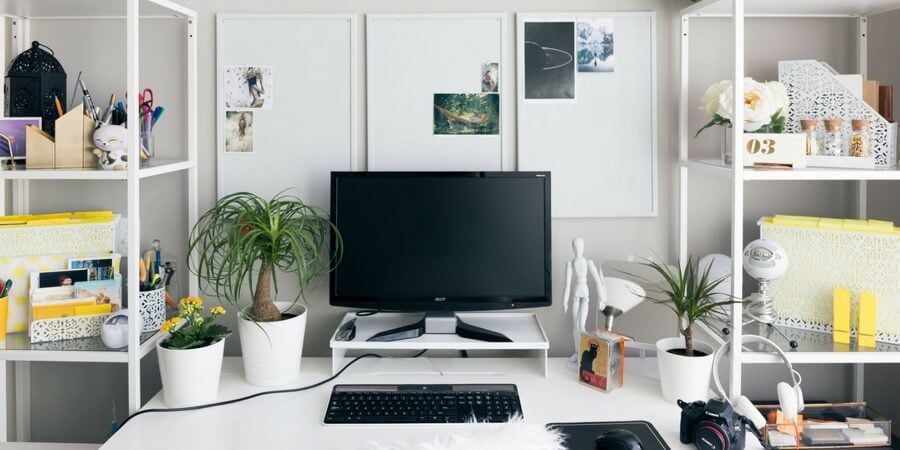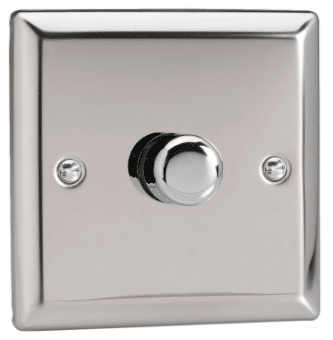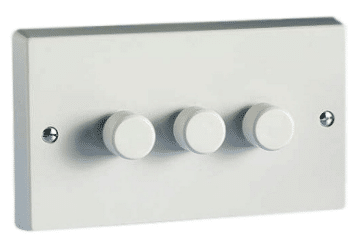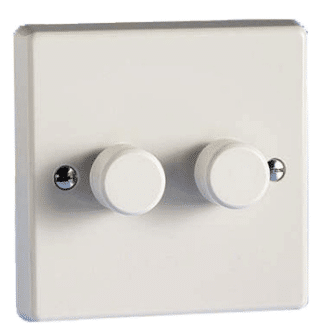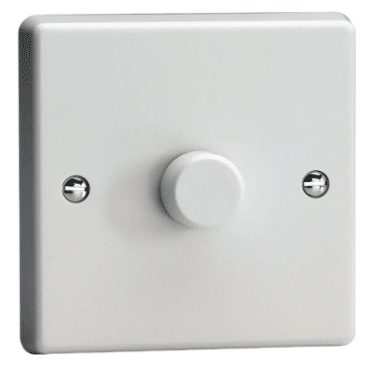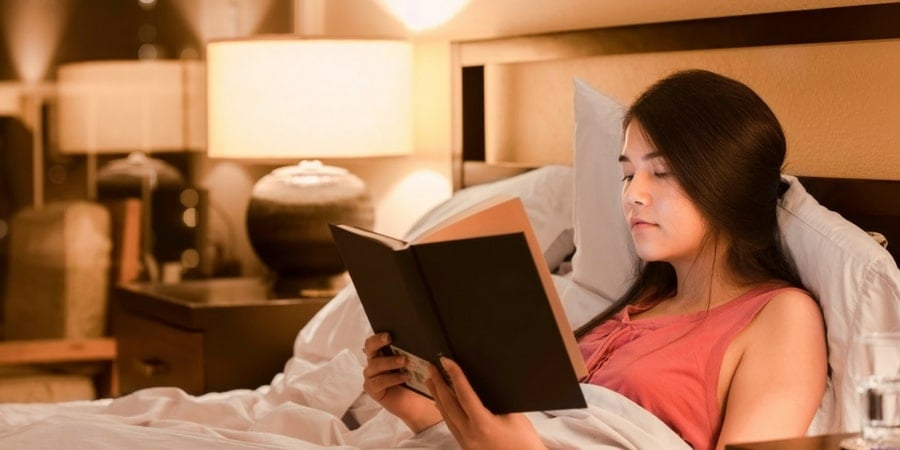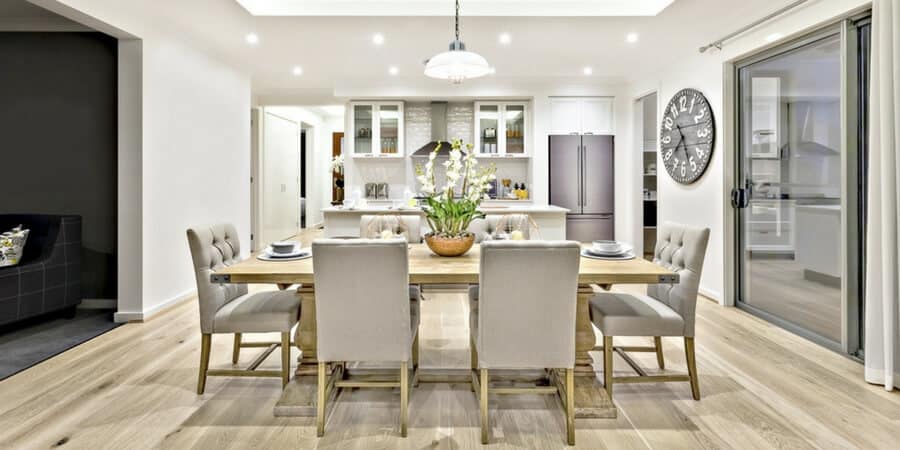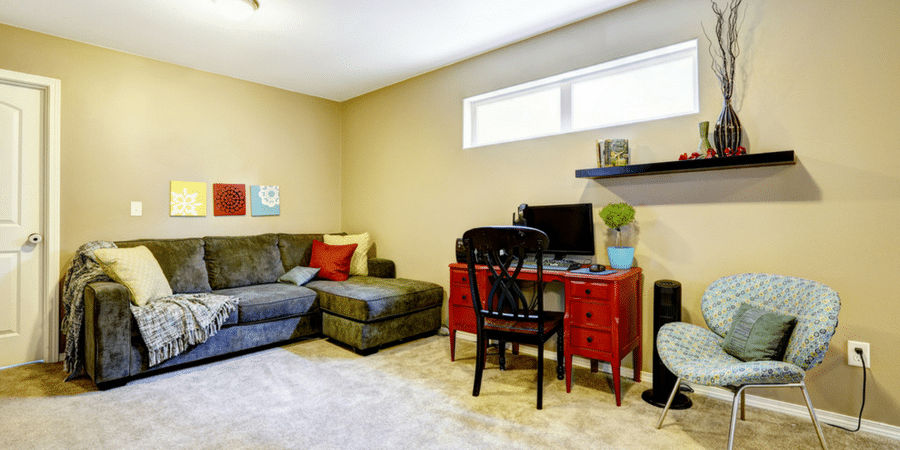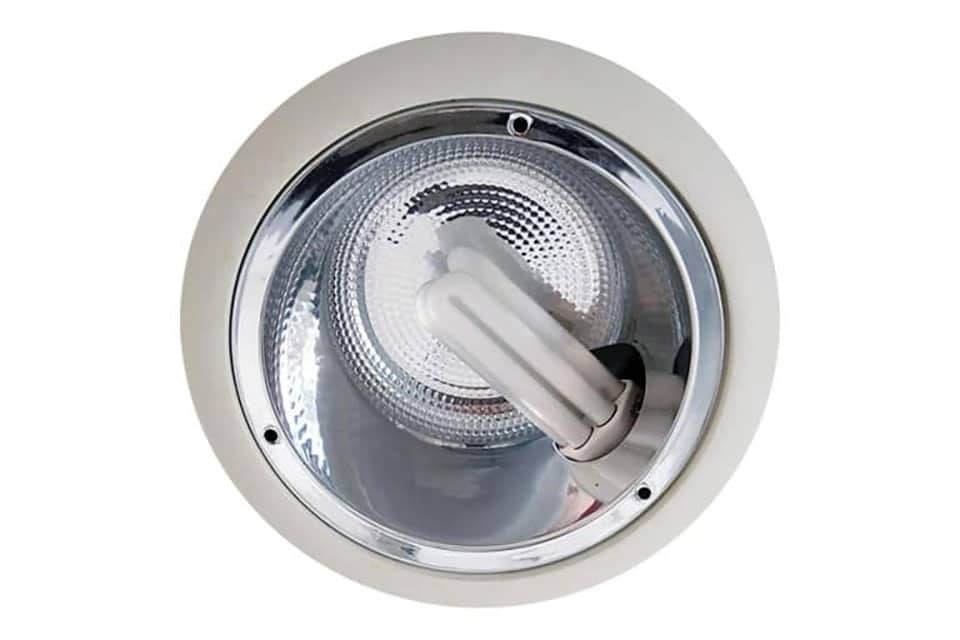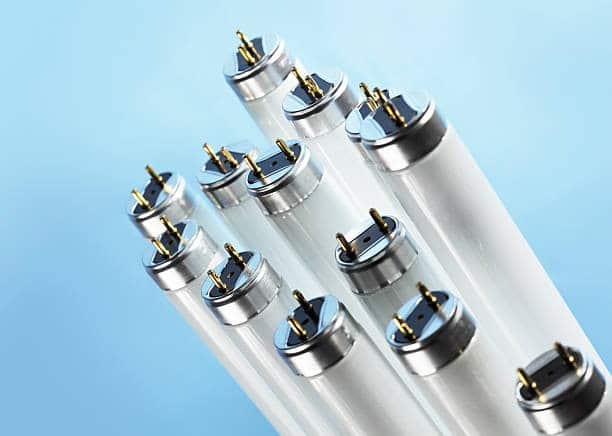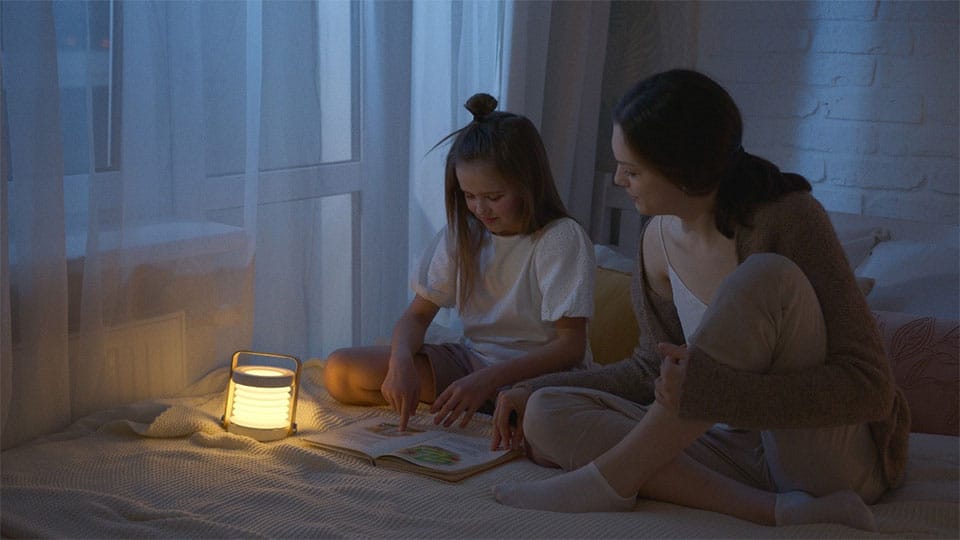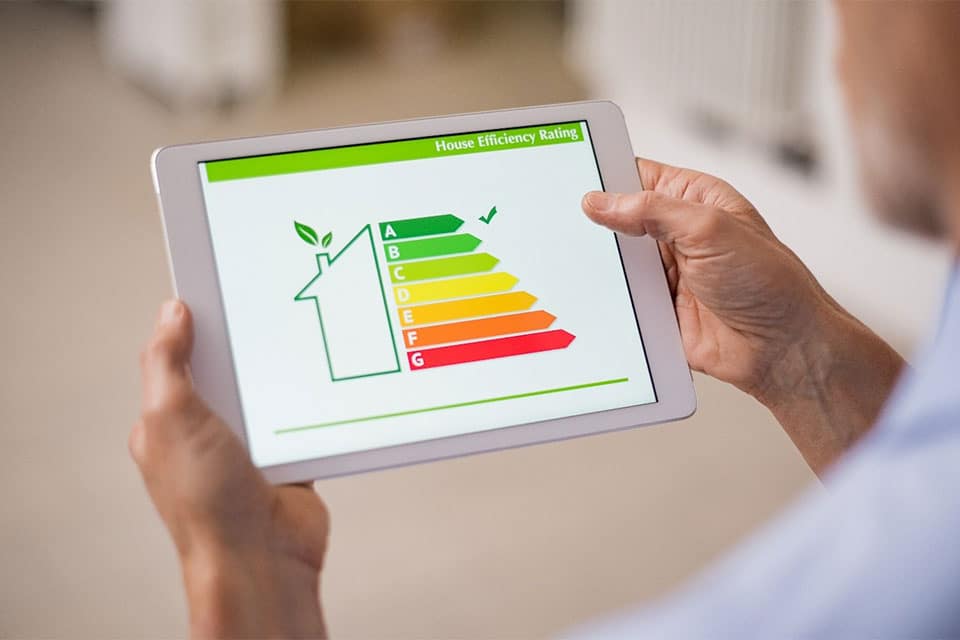With working remotely on the rise, home offices are becoming more common. Whether you work from home and your home office is your primary workspace or you use your home office for gaming or to take care of household chores, it’s important to light these spaces properly.
While you want to create an atmosphere you feel comfortable in that fits the flow of your home, lighting in your home office should do more than simply illuminate the space. When done properly, office lighting can help:
- Keep you awake and alert
- Reduce eye strain
- Boost productivity levels
- Invigorate and inspire you
Improve your home office lighting with these tips:
Light in Layers
To illuminate your home office effectively, you’ll need to light it in layers. Start by taking note of what light is currently available to you through windows and installed fixtures, including:
- How the light is distributed
- Where there are underlit areas in the room
- The light levels in the spaces where you will primarily be working, such as desks and reading chairs
Once you have an understanding of how your home office is currently lit, you can build a better lighting design from there.
Types of Lighting
To properly layer your office lighting, you’ll need to include and combine three types of lighting:
1. Ambient Lighting
Also known as general lighting, ambient lighting is the light you use to enter a room and move around it safely. Typically, ambient lighting is primarily provided by ceiling and wall fixtures. It’s often the base layer you start with, and most rooms will come with at least one or two fixtures specifically for this task. However, when it comes to a home office, you’ll want to make sure the ambient light is providing a very even level of illumination. A proper layer of evenly distributed ambient lighting makes it possible for you to introduce other types of lighting without creating dramatic shadows and other lighting problems that can cause eye strain and fatigue.We recommend that lights be placed on a dimmer switch whenever possible, but for ambient lights this is especially important because it allows you to adjust them throughout the day and suit the light to your work.
2. Task Lighting
In any spot where you’ll be performing tasks like reading, writing, or computer work, you’ll want a good quality task lamp. Task lighting provides you with a bright, focused light that allows you to easily see the details of what you are doing without fatiguing your eyes. This type of lighting needs to be used at your desk, by reading chairs, or any areas that you may like to sit down and work.
PRO TIP: Placing a task lamp or other light source behind your computer screen can help offset the brightness from the screen and reduce eye strain.3. Accent Lighting
Accent lighting accentuates important items and architectural details you want to highlight. If you have any awards, certificates, diplomas or artwork you’d like to display in your home office, you may want to add a layer of accent lighting to help emphasize them.
Looking at Light Bulbs
When selecting a light bulb for your home office, you’ll want to use a similar colour temperature across your fixtures. This helps to create a cohesive space and decrease distractions. Select bulbs with a moderately warm to cool colour temperature—somewhere around the range of 2700-3500k—to help you stay alert throughout the day.
Look for a bulb that is bright but not so bright it overpowers your computer screen, which can cause you to strain your eyes. Something equivalent to a 60 watt incandescent bulb (around 700 lumens) should be more than sufficient.
A Well-lit Workspace
Without professional help, it can take some time to figure out exactly what lighting will work best for your home office, especially if it is new to you. Because each person’s preferences and needs are different, what is right for someone else may not be the best lighting solution for you. Don’t get discouraged if your lighting needs to be reworked a little—you can easily add and remove lamps, and change light bulbs to find more preferable colour temperatures and lumen levels that better serve you.






















































































